Gragnano pasta: which are the best and where to buy it online
Gragnano pasta is one of Campania's most traditional products and has a Protected Geographical Indication (PGI); in fact, this pasta can only be produced in Gragnano, in the Province of Naples, as it achieves its optimal result with water from the local aquifers.
Pasta from Gragnano can be produced in different formats, such as:
- paccheri
- rigatoni
- spaghetti
- calamarata
- bucatini
- broken candles
But there can be so many types on the market, as the format is always chosen by the producer. In this article, we tell you about the fundamental characteristics of Gragnano pasta, which, in part, blend with its history. You will also discover where to find excellent Gragnano PGI pasta online!
Gragnano PGI pasta: processing
Gragnano pasta is obtained from the mixing of durum wheat semolina with water from the aquifers of the entire territory of the municipality of Gragnano, where the production area is identified.
The specification also establishes the traceability of the product and regulates the characteristics of the semolina; it may not
- contain more than 15 % moisture on the finished product
- must have at least 13 % protein on the dry matter
- must have a maximum of 0.86 % ash on the dry matter
- The processing laid down in the specifications requires the dough to be very elastic and homogenous, to be drawn on bronze moulds, chosen from time to time by the pasta makers.
A fundamental characteristic of the processing of PGI Gragnanese pasta is drying. This phase, in fact, requires the pasta to be dried at a temperature of between 40° and 85° for a period of between 4 and 60 hours; during this time, the pasta is ventilated several times with hot air, in order to allow the product to form an external crust, known as the wrapping sub-phase. With each ventilation cycle, the internal moisture still present is removed.
Once the dough has been dried, it must be packaged at the place of production so that the typical organoleptic characteristics of the product are not lost.
Product features
The history of Gragnano and its pasta
Gragnano flour has a very ancient history, dating back to the time of the ancient Romans. No actual pasta was made yet, but flour was used to knead bread to feed neighbouring towns such as Pompeii and Herculaneum. Pasta production dates back to the 16th century, when the first family-run pasta factories appeared in the area. The date 12 July 1845 marks a fundamental event in the history of Gragnano and its pasta: it seems, in fact, that on this day the Bourbon King Ferdinand II granted the Gragnano pasta makers to supply the Court with all the long pasta. This is why Gragnano was known at the time as the city of macaroni.
From the 16th century, in fact, the 'corporation of vermicellari' had been established in Naples and a Gragnanese had also been licensed. Pasta from Campania and in particular from Gragnano had become a tradition. The reason was dry pasta, which could supply the poor classes.
Gragnano had the ideal territory for production, thanks to its microclimate of wind, sun and the right humidity. It was the 19th century, however, that was the golden age of Gragnano pasta: in these years, large family-run pasta factories sprang up in Via Roma and Piazza Trivione, which held the reputation as the centre of Gragnano. In 1861, it is known that the city's pasta factories began trading in the large cities of central and northern Italy, such as Florence, Turin and Milan. It was at this time that pasta production reached its peak, with the opening of a railway station for the export of macaroni, which connected Gragnano to Naples and then to the rest of Italy.
The 20th century was the most turbulent century for the town, as the large-scale pasta factories in the north began to put some small pasta factories out of business, leaving room only for the more solid productions that could focus on product quality. The two wars made a further selection, but towards the second half of the 20th century, the quality of the traditional product was recognised in Gragnano, which earned the PGI mark and still produces pasta for export abroad.
Where to buy Gragnano pasta
If you want to buy the best Gragnano pasta on the market, visit our store! You will find the IGP products of the Pastificio dei Campi at great prices. Gragnano pasta packages of 500 g at only 5.30 € per package; you will find every type of format from: calamarata, to broken candles, to simple short and long fusilli!
Hurry up because some formats are already sold out!
Do you want to keep up to date with the best Italian food news? Keep following our blog!


 Italiano (IT)
Italiano (IT)  Deutsch (DE)
Deutsch (DE)  Français (FR)
Français (FR)  Español (ES)
Español (ES)  Polish (PL)
Polish (PL) 

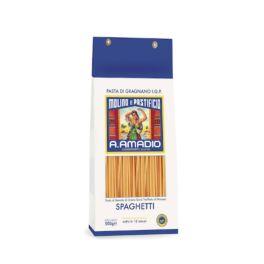
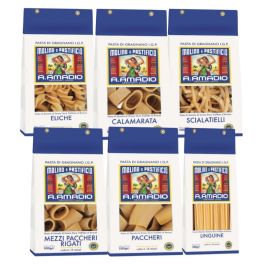
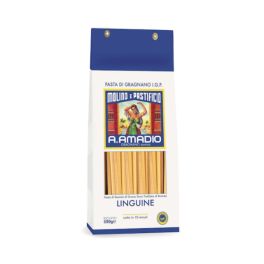
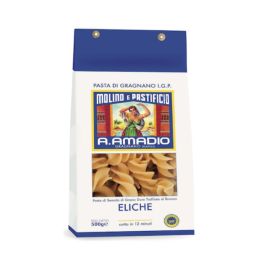


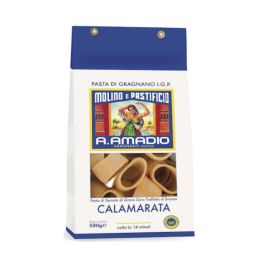
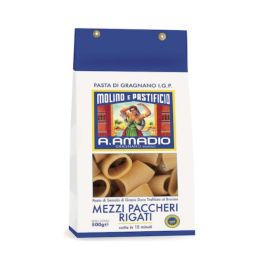
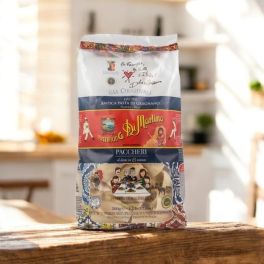
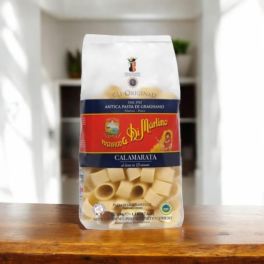
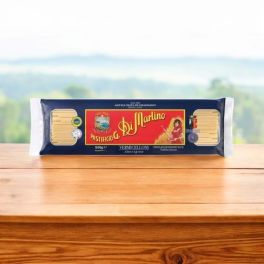
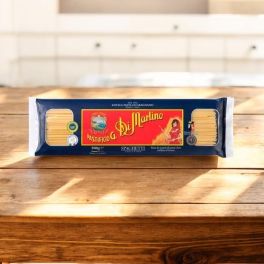

Share on: